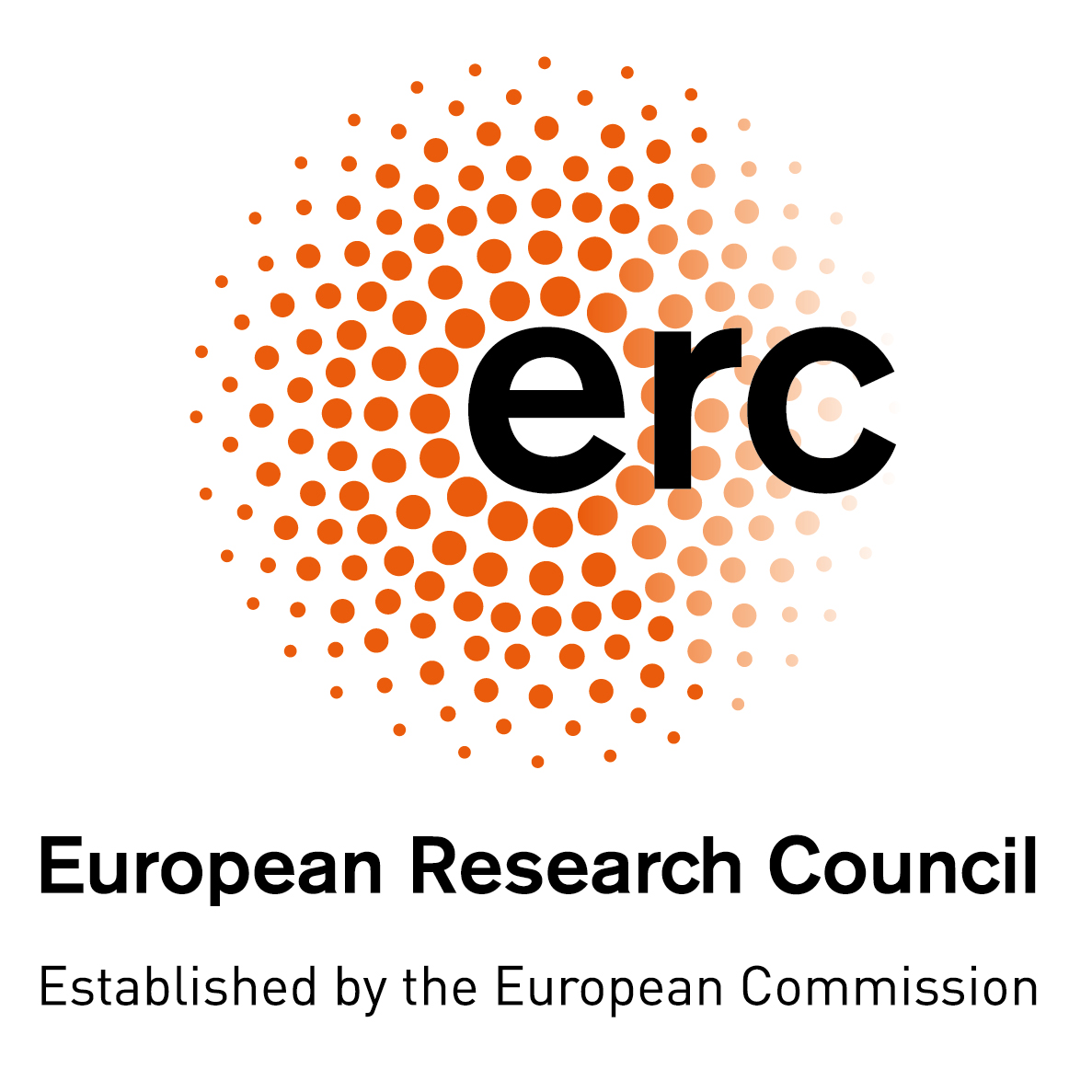


|
Abstract.
Automation is becoming ubiquitous in all laboratory activities, moving towards precisely defined and codified laboratory protocols. However, the integration between laboratory protocols and mathematical models is still lacking. Models describe physical processes, while protocols define the steps carried out during an experiment: neither cover the domain of the other, although they both attempt to characterize the same phenomena. We should ideally start from an integrated description of both the model and the steps carried out to test it, to concurrently analyze uncertainties in model parameters, equipment tolerances, and data collection. To this end, we present a language to model and optimize experimental biochemical protocols that facilitates such an integrated description, and that can be combined with experimental data. We provide probabilistic semantics for our language in terms of Gaussian processes (GPs) based on the linear noise approximation (LNA) that formally characterizes the uncertainties in the data collection, the underlying model, and the protocol operations. In a set of case studies, we illustrate how the resulting framework allows for automated analysis and optimization of experimental protocols, including Gibson assembly protocols.
|